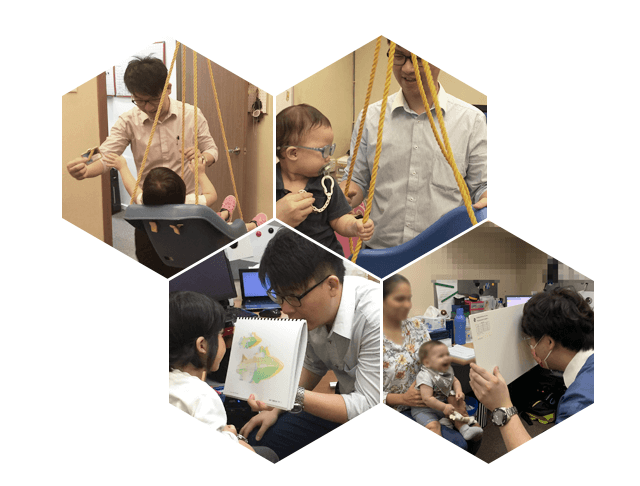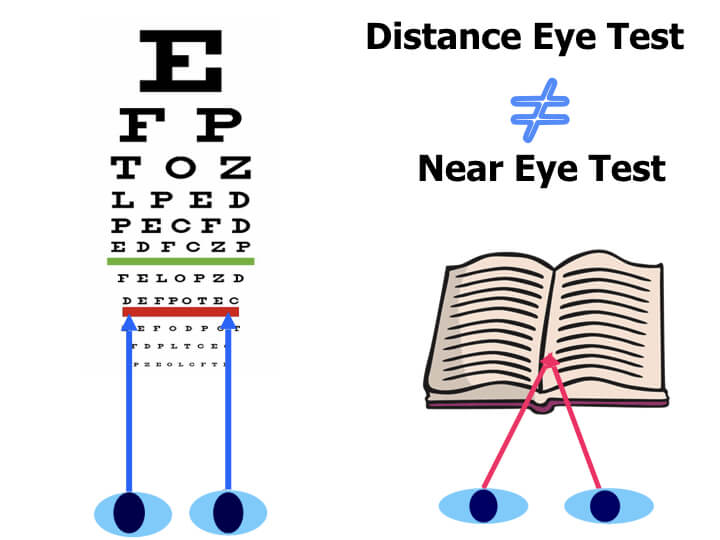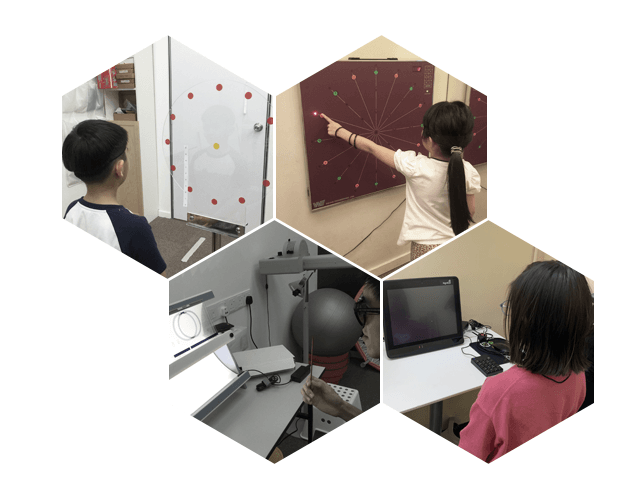

We are not born with good vision. Vision develops from infancy through childhood and continues to change throughout our lives. Proper vision development plays a vital role in your child’s overall growth and development.
Undiagnosed and untreated vision problems could contribute to learning difficulties, interfere with self-esteem and career choices. It is our mission at Sun Time Vision Specialist Centre to ensure that all the children in the Kuala Lumpur and surrounding areas have better vision for life.

Vision Facts

Are Eye Exams All the Same?
Many of the children we see in our office passed vision screenings and other eye exams yet they were struggling with undiagnosed vision problems.
It is important for parents to understand that the testing equipment used during the school screenings and eye exams only measures how well one can see the letters on the eye chart. Most vision screenings test for distance vision, color vision and any obvious signs of vision problems such as color blindness.
The ability to see the letters on an eye chart is just 1 out of 17 visual skills that are critical to reading and learning. Most eye doctors do not test all 17 visual skills. So even if you have been told your child’s vision is OK, there could still be a problem.

There are many visual skills required for learning that are not typically tested in a normal eye exam. Some of these skills include:
1. Eye Movement (Tracking)
If you think about how you use your eyes when you read you will find that your eyes move a lot; back and forth along the lines of print.
When the eyes don’t move correctly it can cause a student to lose his or her place when reading, have difficulty copying from the board, and skip or omit small words when reading. These types of vision problems can make reading and learning very difficult.
2. Focusing
One needs to change focus when looking at something up close to looking at something far away (similar to a camera). During the day your child needs to change focus to see the board in the classroom and then read or write at his desk.
Symptoms of a focusing problem may include blurred vision while reading, inability to see clearly at distance after reading, and fatigue or headaches while reading.
3. Eye Teaming (Convergence)
When the two eyes do not work together, it may result in double vision, frequent loss of place when reading, headaches or eyestrain, and inability to stay focused on a visual task for any prolonged period of time. Children may have difficulty staying focused or paying attention when working on schoolwork.
4. Eye-Hand Coordination
Tasks such as writing, drawing, and throwing or catching a ball require well developed eye-hand coordination skills. Undiagnosed vision problems can cause difficulties with eye hand coordination.
Most children think that everyone sees the same way as they do, so it is important for parents to know the symptoms to look out for that are signs of common vision problems.

If your child has any of these symptoms, there is a very good chance he or she has an undiagnosed vision problems. Please call our office (03-2110 3967) to schedule a functional neuro-vision evaluation as soon as possible.
The first step is to schedule a Neuro-Developmental Vision Evaluation with our Behavioral and Developmental optometrist at Sun Time Vision Specialist Centre, Kuala Lumpur to determine the extent of the vision problem contributing to your child’s overall learning difficulties. Once the Neuro-Developmental Vision Evaluation test is completed, the results and treatment options will be reviewed with you on a separate appointment.

The Neuro-Developmental Vision Evaluation is a very different and specific eye test compared to a basic eye examination. The Neuro-Development Vision Evaluation typically takes an hour and a half as it is very specific and thorough. This test is designed to determine how your child uses her or his eyes throughout the day, specifically when reading and performing schoolwork. If your child is not ready for school, the testing will determine if your child is developing the proper visual skills.
Once the Neuro-Development Vision Evaluation is complete, our Behavioral and Developmental optometrist Mr. Stanley will review the results and treatment options with both parents in detail on a second office visit. This appointment could take up to half an hour to an hour depending on the questions you may have.
Copyright 2020. All Rights Reserved. Designed By: Upstore